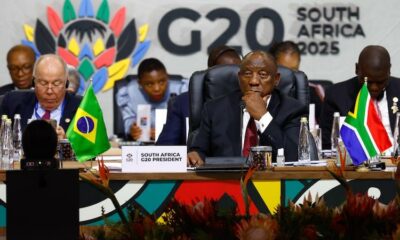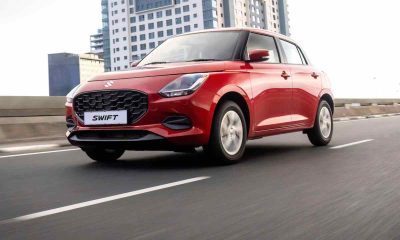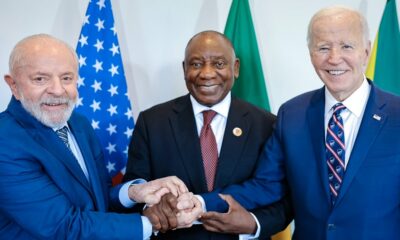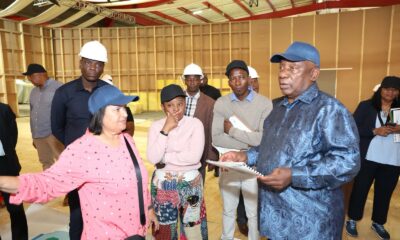Business
South Africa’s Automotive Industry Powers Through Global Tariff Turmoil with April Sales Surge
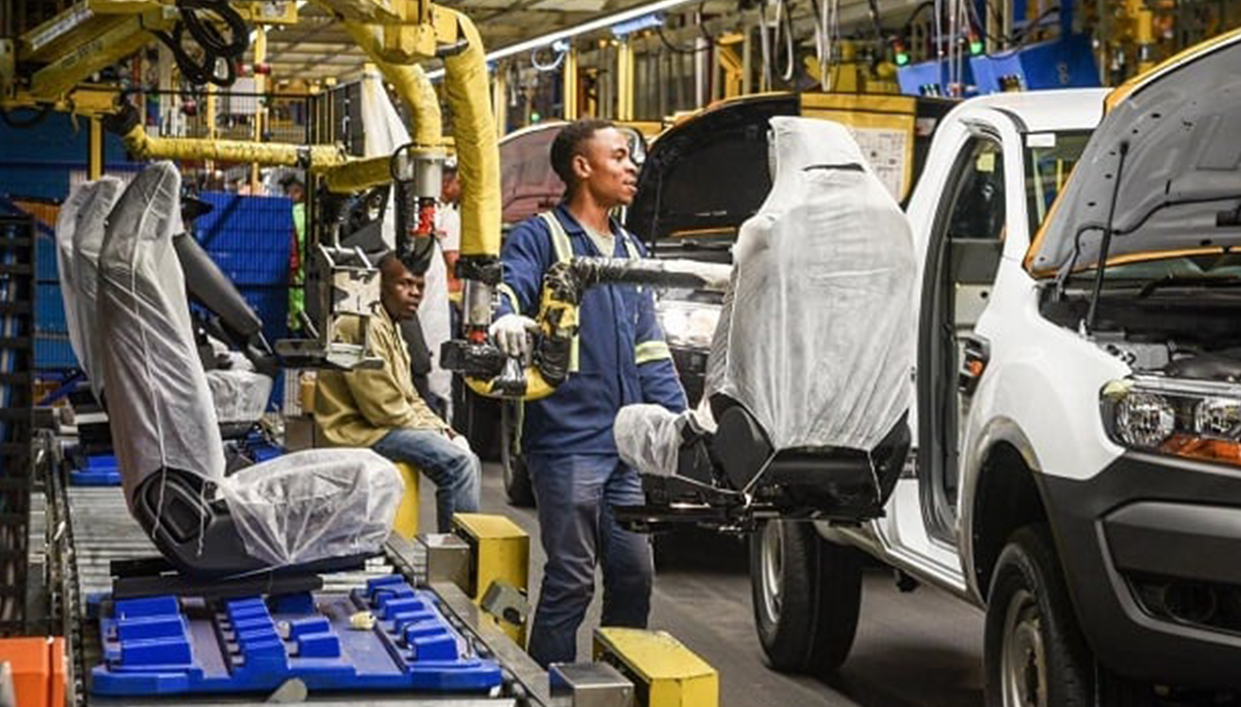
Despite intensifying global headwinds and tariff tensions, South Africa’s automotive industry defied the odds in April 2025, posting a remarkable 11.9% increase in new vehicle sales. According to data released by the National Association of Automobile Manufacturers of South Africa (Naamsa), aggregate domestic sales hit 42,401 units—up from 37,899 units a year ago.
The uptick underscores the industry’s resilience and structural strength, even as export sales fell 6.6% year-on-year due to production halts and emerging trade risks.
A Glimmer of Growth Amid Global Storms
“Despite fewer trading days in April due to public holidays and formidable global challenges, our automotive sector has once again shown its depth and agility,” said Naamsa CEO Mikel Mabasa. “We’ve weathered difficult tides before—and we will do so again.”
Vehicle exports dipped by 2,266 units, reaching 31,822 in April, largely due to a key Original Equipment Manufacturer (OEM) suspending production for over two weeks to upgrade facilities ahead of a new model rollout. However, year-to-date exports still show a 6.3% increase compared to the same period last year.
Section 232 Tariffs: A New Threat
A significant concern for the industry is the ripple effect of the United States’ Section 232 tariffs, announced by President Trump on April 3. While a temporary 90-day suspension is in place, the threat of a permanent 30% tariff on South African automotive exports remains.
Previously enjoying duty-free access to the US market under the African Growth and Opportunity Act (Agoa), South African automotive products now face a sharp shift in market conditions. The newly imposed tariffs could dramatically affect pricing competitiveness and profitability for multinational OEMs operating in the country.
“These tariff measures are more than just duties—they represent structural threats to decades of trade progress,” Mabasa said.
Dealers and Consumers Show Resilience
Brandon Cohen, Chairperson of the National Automobile Dealers’ Association (NADA), noted that despite global tension and fewer selling days, local dealers delivered “solid and even surprising” sales numbers in April.
“Affordability remains a concern for most consumers, but the industry continues to push forward. We’re cautiously optimistic as we await May’s figures,” he added.
Inflation and Investment Outlook
South Africa’s inflation rate dropped to 2.7% in March 2025, the lowest since mid-2020. Lower fuel and education costs contributed to the decrease, potentially opening the door for further interest rate cuts. Yet, global events could push inflation higher in the second half of the year, adding complexity to the Reserve Bank’s decision-making.
Resilience and Realignment
Naamsa warned that ongoing tariff uncertainty may disrupt long-term investment planning and distort market strategies. Nonetheless, the sector remains committed to expanding South Africa’s position as a competitive manufacturing hub in Africa and the broader global economy.
“As we face rising global uncertainty, our focus must remain on innovation, competitiveness, and strategic partnerships,” Mabasa said. “Our future depends not just on navigating crises but on shaping them to our advantage.”
{Source: IOL}
Follow Joburg ETC on Facebook, Twitter , TikTok and Instagram
For more News in Johannesburg, visit joburgetc.com



